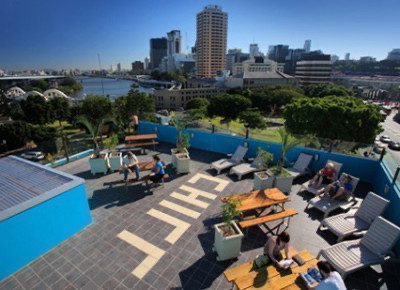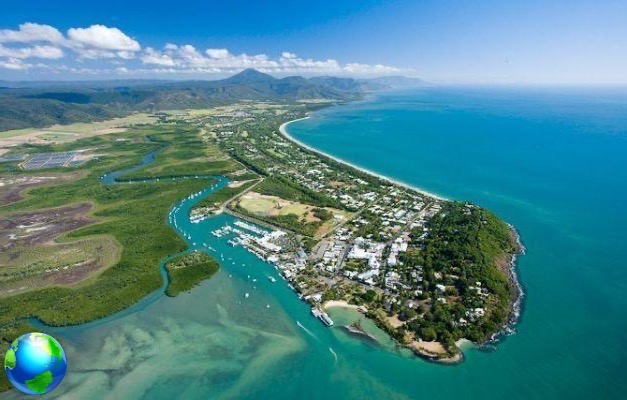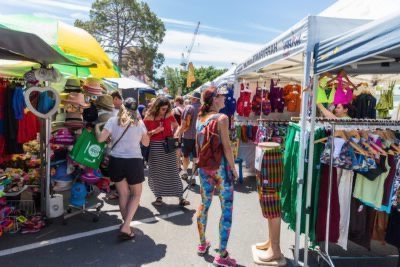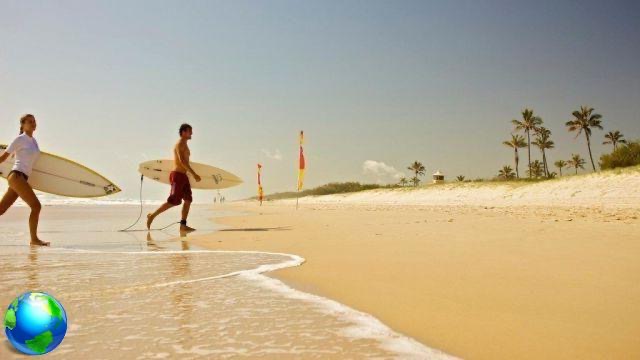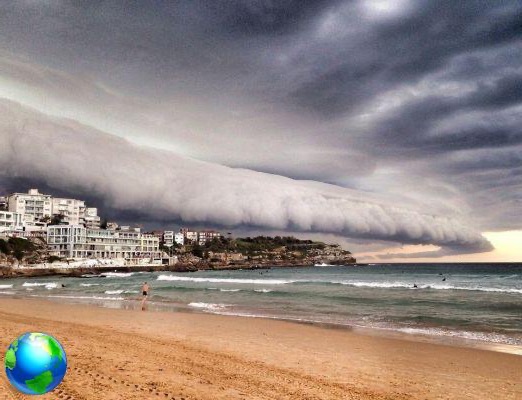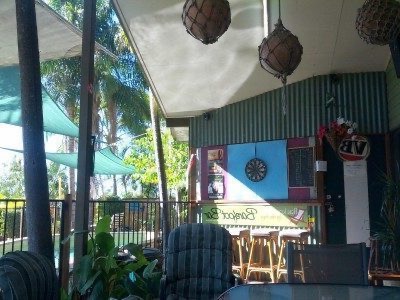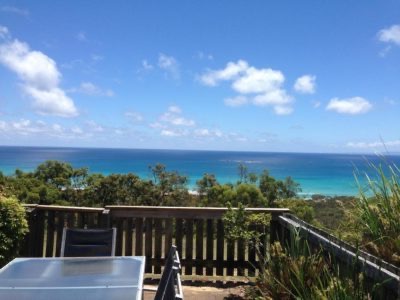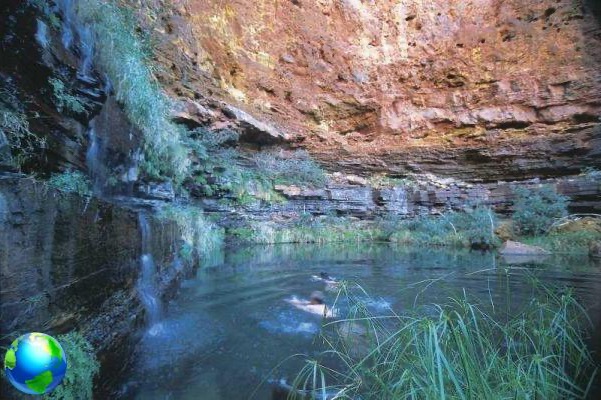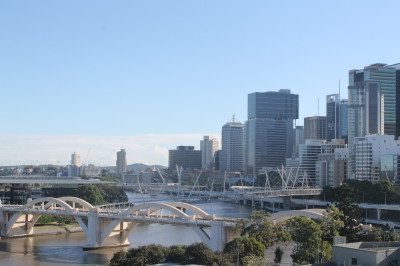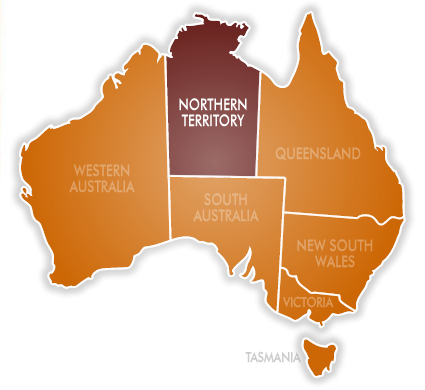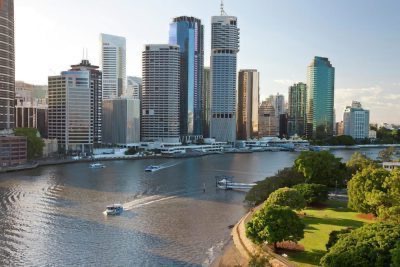Sydney, what to see in one day, especially if it is the first time you visit it. Ten things to see in 24 hours for those who want to see the best of the Australian city.
Capital of New South Wales, Sydney is probably the most famous city in all of Australia. Tall skyscrapers, Victorian buildings, endless beaches, green areas and an enchanting bay are the characteristics that make it a popular destination for thousands of travelers every year, in any season. It would take weeks to get to know Sydney and its delightful neighborhoods well, but what can you do if you are passing through Sydney, perhaps for just 24 hours?
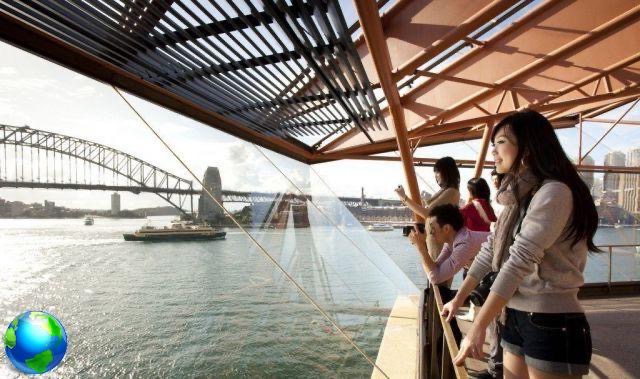
Don't worry: Sydney is huge, but its main attractions are concentrated in a relatively small space, to be covered on foot and in a few hours. In this article I propose an itinerary in 10 stages, to be traveled in one day to discover the icons of the oldest city in Australia.

Stage n. 1: The Rocks / Harbor Bridge
The neighborhood called The Rocks is the beginning not only of this tour, but also of all modern Australian history: it is where, in fact, are the cobbled streets and the old sandstone houses built by the first inmates who were disembarked here and who then they founded the country. Today, The Rocks is one of the liveliest areas of the city: during the day vintage shops, beautiful walks and the most important city market (on weekends), in the evening a continuous swarm of locals and tourists looking for a beer, to drink in those who they are among the oldest and most authentic pubs in Australia (where you can also have an energetic breakfast in view of the tour that awaits you!).
A leisurely stroll to Dawes Point will take you right to the foot of the Harbor Bridge, one of Sydney's landmarks and one of the most impressive bridges in the world. Affectionately called “The coathanger”, this huge steel arch bridge was inaugurated in 1932; you can climb to the top for a unique view of the whole city but, if time and money are short, even a short visit to the Pylon Lookout ($ 13) is worthwhile.

Stage n. 2: Circular Quay / Sydney Opera House
The first settlements were formed right near the bay where Circular Quay stands today, the hub of the city and its movements: here you can arrive and move on foot, by bike, by bus, by train, by ferry ... at all hours of the day and of the evening! For those who have time, a short ferry ride to admire the city from the point of view of the water is a must, otherwise it will be enough to enjoy the daily grind of the main tourist hub of the city, among trendy clubs, street artists and always a festive atmosphere.
Walking along the harbor and moving away from The Rocks, it will be impossible not to notice the real undisputed icon of Sydney and all of Australia: the Sydney Opera House. Designed by Danish architect Jørn Utzon, the grand theater was inaugurated in 1973 after a rather troubled history, and today houses a huge auditorium with the orchestra positioned below sea level. But its greatest peculiarity is the roof, with the beautiful "sails" (which Utzon had actually imagined as sections of a sphere) that sparkle in the sunlight. Walk around it far and wide, get your fill of photographs from every angle: you are in front of one of the most significant architectural works in the world!

Stage n. 3: Royal Botanic Gardens
Sydney Botanical Gardens start a few steps from the Opera House and stretch across Farm Cove. 30 hectares of lush gardens, almost fake green meadows, ponds and beautiful buildings, such as greenhouses and pavilions. A stroll along the gardens is not to be missed; you can also admire the Government House or sit on Mrs Macquarie's Chair, a sort of stone bench that Elizabeth, Governor Macquarie's wife, had built in 1810 to admire the incoming English ships. Today it is a romantic vantage point over the Opera House and across the bay!

Stage n. 4: Macquarie Street and its buildings
Leaving the Royal Botanic Gardens on the Macquarie Street side, you can follow this wide and elegant street to the next destination. Here you will find a number of very beautiful attractions to see, even if only from the outside. First of all, the impressive Library of New South Wales. Then the Parliament, the Mint (the oldest building in Sydney), the Sydney Hospital (the oldest hospital in all of Australia) and finally the tiny St James' Church. Along Macquarie Street you can also make a small detour to Martin Place, a huge square with beautiful buildings.

Stage n. 5: St Mary's Cathedral
Approaching the very center of Sydney (we are now in the heart of the CBD, the Central Business District), it is impossible not to notice the tall spiers of this huge building, built in the early 1800s in the Gothic style. It is impossible to admire the enormous St Mary's Cathedral in all its splendor and grandeur, which shows no signs of diminishing despite the skyscrapers and modern works that have been built all around it. I recommend visiting the inside, with the rows of columns and the stained glass windows, but above all the outside, in a beautiful contrast with the green of the adjacent park.

Stage n. 6: Hyde Park and War Memorial
Another 16 hectares of greenery extend right into the city center: Hyde Park is the real lung of Sydney! Here you can admire various statues and the great Archibald Fountain but, above all, stroll along the large tree-lined avenues, getting out of the lively city life for a moment. At the other end of the park there is another building in my opinion unmissable: the ANZAC War Memorial, the great mausoleum built in honor of the fallen of all wars. Inside there is an interesting museum, but just take a look to realize the solemnity of this monument: the Reflection of Pool that extends at its feet, the marble walls, the moving statue called Sacrifice, the perpetual fire and the ceiling covered with 120.000 gold stars, the symbol of each of the New South Wales volunteers who died during the First World War.

Stage n. 7: Pitt Street and Sydney Tower Eye
Once you've finished visiting the park, it's time to delve back into the chaos of the city, taking Market Street to reach Pitt Street, one of Sydney's main thoroughfares. This area is to be visited with the nose up, to discover beautiful palaces with stucco and decorations. It is also nice to stop in the pedestrian area called Pitt Street Mall, between one shopping center and another: it will not be difficult to find some talented street performers around which a large crowd has gathered!
If weather and climate permit, you can also climb to the top of the Sydney Tower Eye, the tower whose viewing platform is the highest in the entire southern hemisphere, at 250 meters. The ticket is not the cheapest (around 20 $ according to the different offers), but the view from up there is nothing short of breathtaking! The whole city and the whole bay will open up in front of you at 360 °.

Stage n. 8: George Street and its attractions
From Pitt Street, take The Strand, a delightful Victorian-style shopping arcade, and you will find yourself directly on George Street, the main street and hub of the city. George Street runs from The Rocks to Central Station and beyond, but you can only walk part of it: turning left from the Strand, you will notice beautiful buildings and shops one after the other. Don't miss a visit to the Queen Victoria Building (known to all as QVB), a shopping mall that takes up an entire block. Built in the late 1800s in a Victorian style, the QVB will make your eyes shine with its impressive structure and its more than 200 chic and elegant shops, boutiques and cafes.
On the same intersection is the beautiful building of the Town Hall, or Town Hall, with its clock tower and its staircase that serves as a meeting point for many Sydneysiders. Nearby is St. Andrew's Cathedral, the oldest Anglican cathedral in Australia, built with the typical Gothic Revival sandstone.

Stage n. 9: Chinatown and Paddy's Markets
As you walk along George Street, on your right you will come across Paddy's Markets, an imposing structure that houses the covered market. Here you will find a large assortment of fruits, vegetables and other foodstuffs, as well as… everything your mind can imagine: clothes, accessories, electronic tools, souvenirs of all kinds, and much more! It's the perfect place to shop for some mementos and immerse yourself in the hustle and bustle of everyday Sydney life.
Across from Paddy's Markets is Chinatown, which stretches between Dixon Street and Hay Street, with plenty of restaurants and food and junk stalls.

Stage n. 10: Darling Harbor
A few minutes walk will bring you to the Darling Harbor area, undoubtedly one of the liveliest areas in Sydney. Frequented by locals and tourists alike, the area stretches around the harbor and includes an infinite choice of attractions: from the Chinese Garden of Friendship to the IMAX, the 3D cinema with the largest screen in the world; from the aquarium to the Wildlife Zoo, from the Hard Rock Café to the Maritime Museum… not to mention the dozens and dozens of restaurants, bars and nightclubs scattered throughout the neighborhood. Although the tourist attractions can be visited during the day, Darling Harbor is at its best in the evening: stroll along Pyrmont Bridge or along the pier, choose your restaurant, enjoy the magnificent lights reflecting on the water and dedicate to the nightlife ! If you come here on a Saturday, around 20.30 pm you can also admire the beautiful fireworks.
Here is where our day tour to discover this heterogeneous city ends. Sydney is much more than that, and one day is not enough to know its soul ... but it can be enough to admire its most beautiful and best known attractions.






